Being a prepper should always be viewed as a lifestyle and not a hobby – and definitely not as merely a purchase a bunch of survival gear and think you are prepared-type of activity.
Preppers are great at planning, making lists, making lists of lists, and stockpiling enough ammo to last us the rest of their lives, but a whole lot more is needed to be truly prepared to ride out the apocalypse.
1. Physical Fitness
We must be strong in order to survive, both mentally and physically. Daily life will involve a lot more manual labor – quite possibly undertaken on a lot less sleep and far fewer calories.
Muscles, tendons, and backs are far more likely to become strained, pulled, tear, or get out of place if they have not been routinely used before the SHTF.
Getting as healthy and fit as you possibly can before a long term disaster should help increase your chances of having the stamina and strength to accomplish the strenuous tasks that each day will surely bring.
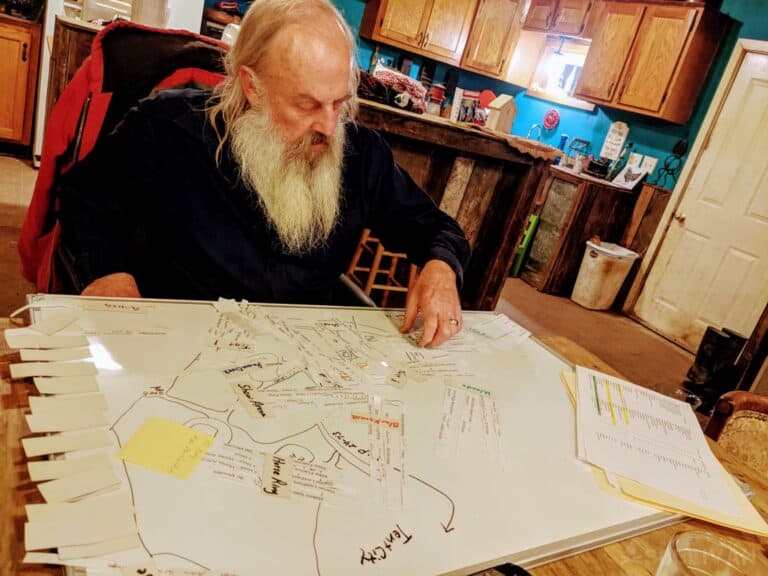
2. Planning
Preparedness planning never really has an end – there is always one more thing you can do to help increase your chances of surviving. Practice your existing bugout and/or bugging in plan on a regular basis to both detect any flaws and to ensure the entire family knows their roles and can do them without a moment’s hesitation.
Creating and burying emergency caches along all your possible routes to the bugout location and on the route regularly traveled to work and school by your family, should be incorporate into you doomsday disaster planning sessions as well.
3. Cross-Training
Schedule cross-training sessions for your family or mutual assistance group so each member can master at least three integral survival concepts or tasks that are likely to be necessary both during and after a SHTF scenario.
No one person should be the sole keeper of a specific type of knowledge or skill. If such a person becomes incapacitated or killed, the survival chances of the family or mutual assistance group are instantly diminished.
4. Off Grid Heating
Perfecting and enhancing your off the grid alternative methods of heating should be a regular part of your monthly preparedness training and readiness routine. Can every member of your family start a fire without matches?
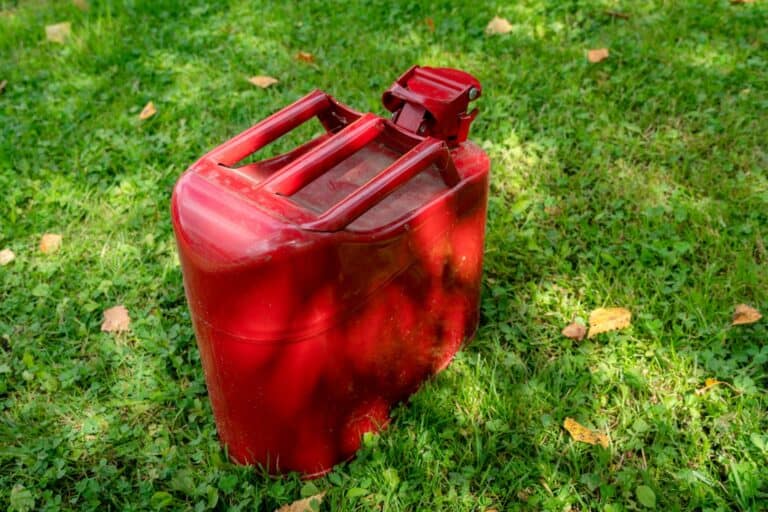
Have you rotated or treated your fuel stockpile and run your generators to test them? If you have an extra hour each week not taken up by work or other family commitments, spend it chopping wood to add to your wood burner or fireplace stockpile.
The time spent chopping wood will not only help ensure you have plenty of fuel to get your through a rough time, but increase your stamina and further your survival fitness plan.
5. Off-Grid Cooking
Practice cooking over an open flame and using every off grid – survival food preservation method provided via your prepping tools. Waiting until the SHTF to learn or perfect cooking without modern utilities could be a fatal mistake.
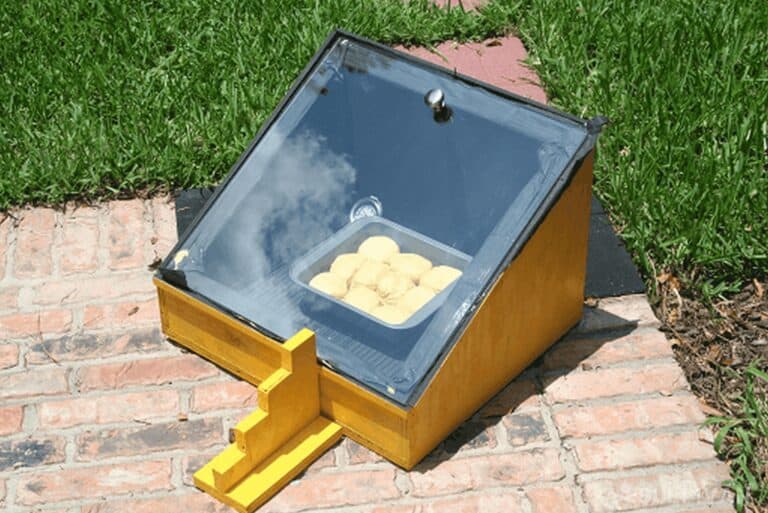
Do not limit your survival cooking practice to only making conventional meals and long term storage food, learn how to make sustainable meals solely from what your forage, grow, and raise on your prepper retreat or homestead.
6. Water and Purification
Never rely on just one method of water purification or water source. Water purification tablets can eventually run out, a well can become contaminated, a running creek or pond can become a solid block of ice in the winter, and because of OPSEC reasons, you may have to go without starting a fire to boil and purify water for an extended period of time.
7. Off Grid Food Preservation
A bountiful harvest from a prepper compound survival garden will only help keep you and your family or mutual assistance group alive if you can preserve the food to eat during the winter.
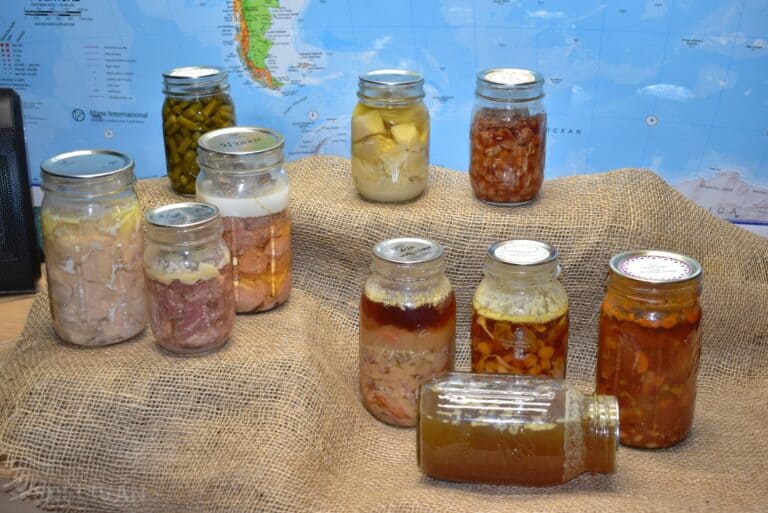
Water bath canning and pressure canning can be accomplished over an open flame or on a camp stove, but it takes a significant amount of trial and error to learn how to regulate the heat.
Drying food and medicinal herbs should also be practiced. All of your successful off the grid food preservation efforts will add to your survival stockpiles and teach you the skills you need to master now, before a long term disaster strikes.
8. Natural Medicine
Learn how to make your own medicine from herbs, roots, bark, flowers, and spices. Stockpile essential oils, learn how to store and use them properly to help keep your loved ones healthy and the house free of germ during a SHTF scenario.
9. Capsule Making
Purchase gel capsule machines and capsules to make child, adult, and livestock medication after you learn how to make natural medicines. The machines are readily available on the internet for a nominal price (as are the gel capsules) and the devices are extremely simple to use.
10. Ammunition Reloading
Learn how to reload your own ammunition and stockpile the tools and ingredients necessary to ensure you will never run our of bullets.
11. Firearms Repair
Take an online or in-person course to learn how to repair all the firearms you own. Stockpile the necessary tools and parts to fix common problems and the cleaning supplies (or make your own) to keep the handguns, rifles, and shotguns on the survival compound, if proper working order.
12. Arrow Making and Bow Repair
Learn how to make your own simple compound and recurve bows and arrows. If your bullets run out, the need for a silent weapon arises, you will be very glad you invested the time and a little money to fully supply the prepper compound with bows and arrows.
13. Blacksmithing and Forge Making
Making your own forge is not a difficult task for a person with moderate skills. You can make a forge out of an empty propane gas refill tank or an air compressor tank – or a simple metal box.
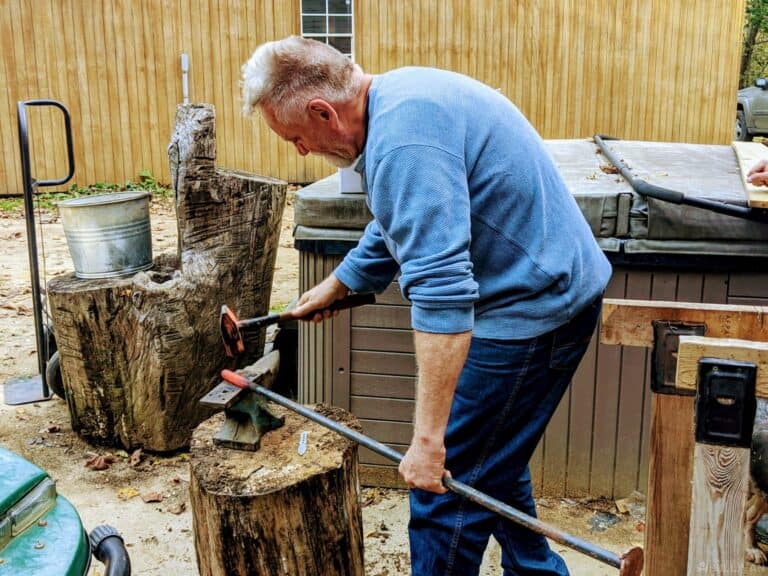
The forge will need to be lined with a wool blanket or insulation graded to withstand at least 2,000 degrees, fire bricks, and a high heat sealant.
14. Hunting and Trapping
Hone your hunting and trapping skills on a regular basis – even if you own a substantial amount of land and have been cultivating wild game populations.
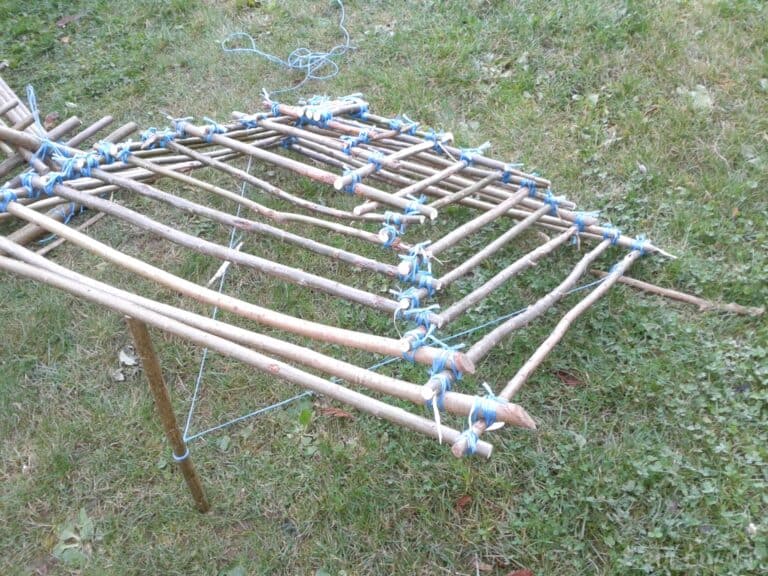
When the SHTF, property lines and hunting seasons will mean nothing. Intense competition for any food wandering around the forest – or the town streets, will exist.
15. Butchering
Do you or anyone in your prepping group known how to butcher all the types of meat you are raising or will be hunting and trapping? If the answer is yes, cross train extensively in this area.
If the answer is no, begin learning in earnest now, stockpile the tools necessary, and build a dedicated space at your bugout location to accomplish the task on a regular basis – and then cross-train as many people as possible in the skill.
The odds that you will be able to travel safely to even a neighboring homestead or farm to have your meat butchered for you during a doomsday disaster, are extremely slim.
16. First Aid – Stitches
Learn how to or practice, being able to both put in and remove stitches in human and animal flesh. When you can no longer call 911, you and your loved ones on the prepper compound, WILL be the only first-responders.
17. First Aid Fish Antibiotics and Livestock Medication
Learn all that you can about using fish antibiotics and livestock medications on humans if you have or are planning to stockpile such medication to use on an emergency basis.
18. First Aid – Setting Broken Bones
Again, you will be your own first-responder. Injuries that require stitches and cause broken bones are likely to become more commonplace during a long term disaster, especially if you are forced to protect your bugout or bug in location.
19. First Aid – Livestock
Keeping your animals healthy and being able to detect when they are ill or injured, is also essential to the survival of the group – unless you plan to live off fruits, vegetables, and foraged materials, and keep up your strength without an adequate supply of protein.
Some livestock diseases spread quickly, and can take out an entire herd or flock within days…without the animals showing any outward and obvious signs of illness.
20. Communications
Create, practice, and improve upon both high tech (handheld and stationary HAM radios) and no tech communications that will be used by the family or mutual assistance group during a SHTF long term disaster. Never rely on just one, or even two, types of communications plans.
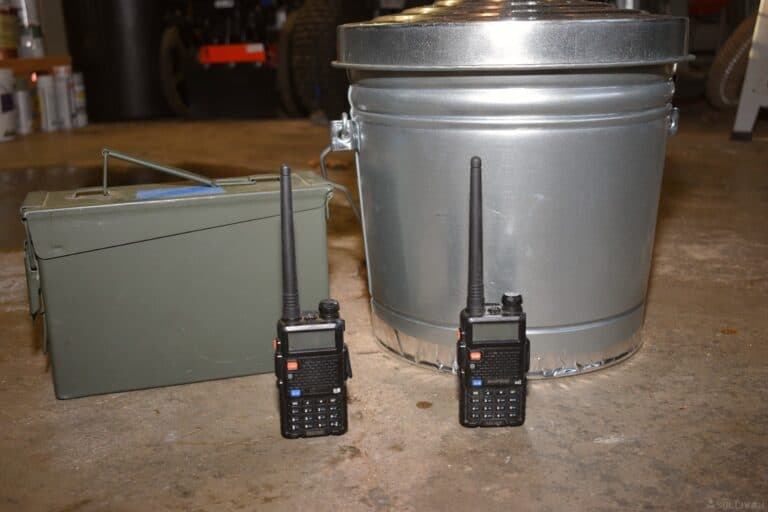
A written code consisting or abbreviations or symbols, or both, and a color coded code should be part of the no tech communications plan to enable the leaving of messages that only people in the family or group can decipher.
Build Faraday cages for all radios, batteries, and radio replacement parts to help ensure they are not reduced to expensive piles of junk if the SHTF scenario is a man-made EMP or an X-Class Earth directed solar flare.
What survival skills are you learning, mastering, or cross-training on with your loved ones or mutual assistance group?

Tara Dodrill is a homesteading and survival journalist and author. She lives on a small ranch with her family in Appalachia. She has been both a host and frequent guest on preparedness radio shows. In addition to the publication of her first book, ‘Power Grid Down: How to Prepare, Survive, and Thrive after the Lights go Out’, Dodrill also travels to offer prepping tips and hands-on training and survival camps and expos.

The Spartans had away of sending written code . Very simply use a round stick and wrap paper around it . 1 symbol on each wrap of paper. The other stick must be of the same length and diameter to be able to read the message.
Also in the same era, they would shave someone’s head and write the message.
When the hair grew back they would be sent to where the message was needed.
Not exactly the quickest way.
Lol, Not So Free, it would be a rather slow way to deliver a message. Thanks for the historical factoid! Maybe you could write a coded message on your fingernails and toenails in black permanent marker, paint of it with nail polish, and then the receiver could use removed to get the polish off and still be able to see a faded, but not erased permanent marker code still on the nail?
Great tip Mike, thank you for sharing! In my first book, Power Grid Down: Prepare, Survive, and Thrive After the Lights Go Out, I included a section about using different colored bandanas tied to a tree branch, fence post, etc. in the chapter about low tech communications options.